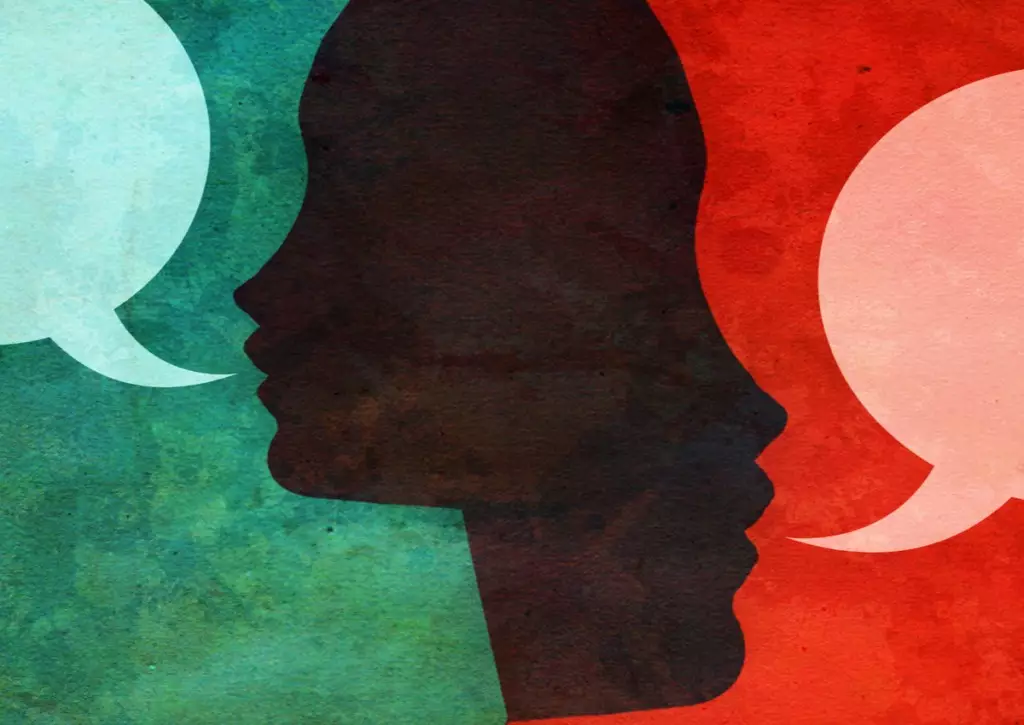For decades, speech recognition and voice-assisted systems have promised a future where technology seamlessly integrates into our daily conversations. Yet, despite impressive advancements, a significant void remains—many individuals struggle to have their voices heard due to speech impairments, cultural accents, or disfluencies. The prevailing narrative often praises technological accuracy and efficiency, but it neglects a fundamental truth: true innovation lies in inclusivity. AI’s potential, if directed thoughtfully, can challenge the long-standing biases embedded in traditional voice systems, transforming them from mere tools into genuine enablers of human connection.
The problem isn’t hardware or infrastructure but entrenched design assumptions. Many existing speech systems are calibrated for the “average” speaker—typically, clear, fluent, and within a narrow acoustic profile. This shortsightedness disregards millions of people who communicate differently. As someone deeply involved in the development of voice interfaces and AI-driven speech recognition, I recognize that the question isn’t merely about recognition accuracy but about creating systems that adapt to human diversity. Without intentional inclusiveness, we risk broadening the gap between technology and marginalized communities, leaving them behind in the march toward digital integration.
Revolutionizing Speech Recognition Through Adaptive AI
The breakthrough in AI that holds promise for inclusive voice technology hinges on flexible, adaptive models. Traditional speech recognition models are often trained on vast datasets composed predominantly of typical speech patterns, which limits their ability to understand atypical or impaired speech. However, modern advancements in deep learning and transfer learning are beginning to fill those gaps by tailoring AI systems to individual users. These models can be fine-tuned on small datasets specific to a person’s speech traits, making recognition more reliable across a spectrum of speech challenges.
Imagine an AI system that learns from a handful of vocal samples, crafting a customized model that recognizes not only the words but also captures the emotional tone and nuances of a person’s voice. Such systems are not mere theoretical constructs—they are rapidly becoming reality. For individuals with conditions like ALS, cerebral palsy, or speech disorders, this technology can offer a lifeline, allowing them to communicate more naturally and with greater dignity. Synthetic voice generation is an extension of this work, enabling users to create a personalized digital voice that reflects their identity, even if their physical speech has diminished. These synthetic voices preserve personal vocal characteristics, empowering users to maintain a sense of self in digital conversations and social interactions.
The impact is profound. These models aren’t just about making technology more accurate—they are about expanding human potential. By integrating crowdsourced speech data from diverse populations or people with disabilities, AI developers can create richer datasets, thus fostering a more inclusive future where no voice is left unheard. The more representative our datasets become, the closer we get to universality in communication—an essential step toward authentic inclusion.
Transforming Real-Time Communication for the Disabled
Real-time speech augmentation offers a fresh perspective on assistive communication. Instead of struggling with disfluencies, delays, or inaudibility, users can rely on AI to act as a conversational co-pilot—enhancing, clarifying, and even adding emotional context to speech. For example, AI modules can smooth out disfluencies, fill in missing words, and adapt prosody to match the user’s intent, making speech more expressive and intelligible.
This technology goes beyond simple recognition. It embodies a holistic approach that considers the emotional and social facets of communication. For individuals who use text-to-speech devices, AI customization enables dynamic responses that reflect their mood, intent, and personality—restoring personality to digital interactions. When AI can infer emotional states and incorporate facial expressions or gestures—either through multimodal inputs—the conversation feels more human and empathetic. Technologies that synthesize residual vocalizations or breathy phonations into full sentences demonstrate that even with severe physical limitations, meaningful dialogue remains within reach. For such users, AI is transforming the experience from frustration to empowerment.
Crucially, these technologies do not isolate users or make them passive recipients. Instead, they advocate for a shared, reciprocal communication experience, fostering a sense of independence and self-expression. AI acts as an empathetic partner, bridging physical limitations and emotional needs, which is arguably the most revolutionary aspect of current innovations.
Designing with Humanity in Mind
Incorporating accessibility into AI-driven voice systems isn’t an act of charity; it’s a design imperative rooted in human dignity. For the next wave of conversational AI, inclusivity should be baked into the core architecture, not added as an afterthought. This involves gathering diverse data, supporting non-verbal cues, and employing privacy-preserving techniques like federated learning to ensure user trust.
Furthermore, AI must evolve to be responsive in microseconds, providing low-latency interactions that feel natural. Delays or glitches disrupt the conversational flow, especially crucial for users who rely on assistive interfaces. By investing in edge computing and optimizing models for speed, developers can make interactions smoother and more intuitive.
Market opportunities abound for organizations willing to leverage inclusive AI. The global population includes over a billion people living with disabilities, many of whom are underserved by current voice tech. Designing solutions that are accessible by default opens new revenue streams while also fulfilling a moral obligation. Beyond accessibility, transparent AI systems that offer explanations about how inputs are processed can foster trust—an essential component for users who depend on these systems for vital communication.
Ultimately, the future of AI-powered conversation isn’t just about understanding speech; it’s about understanding humanity. If technology is to truly serve everyone, it must listen more broadly, respond more compassionately, and elevate every voice—especially the ones that have long been marginalized. Only then can we claim to have built a future where no one is left unheard.


Leave a Reply